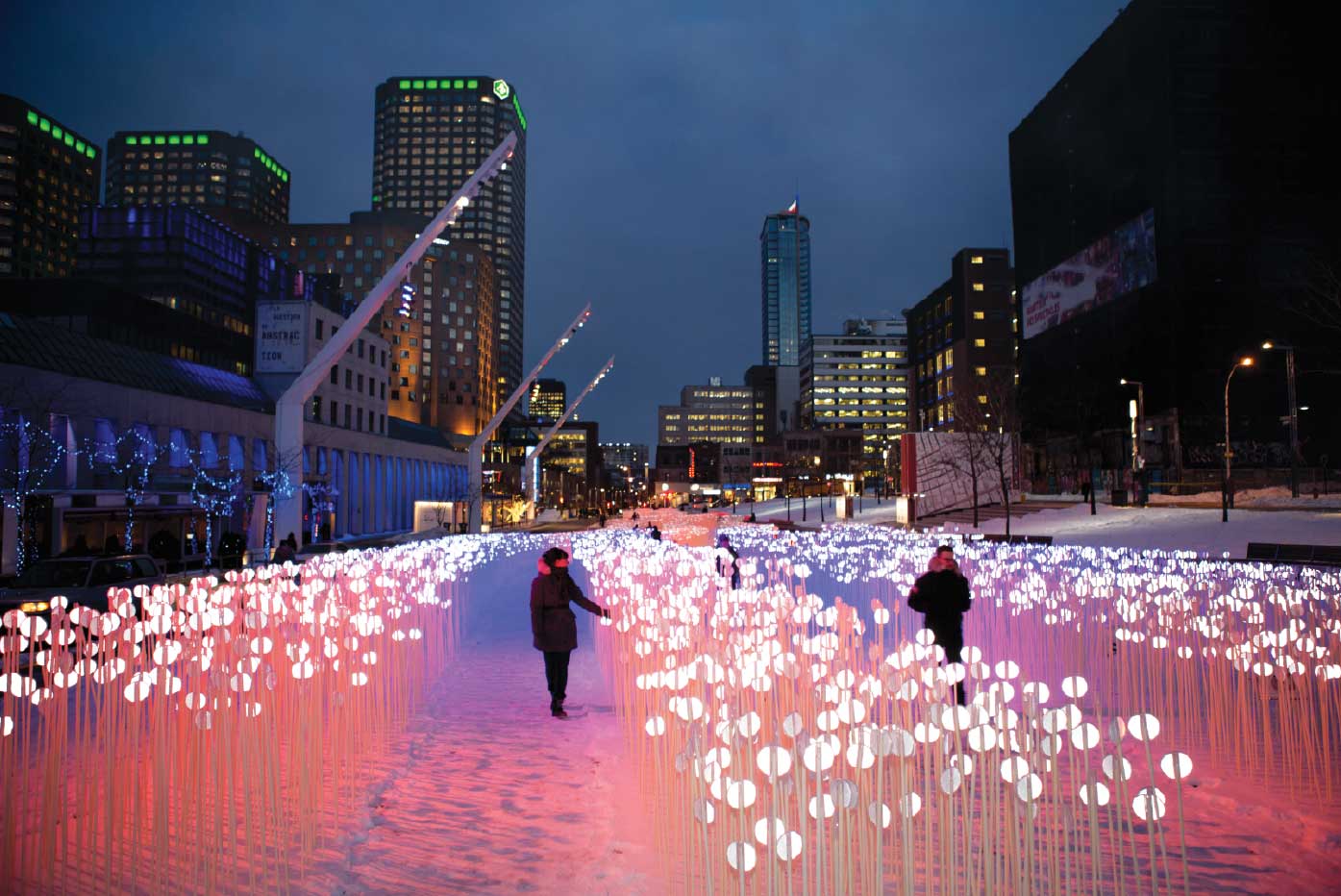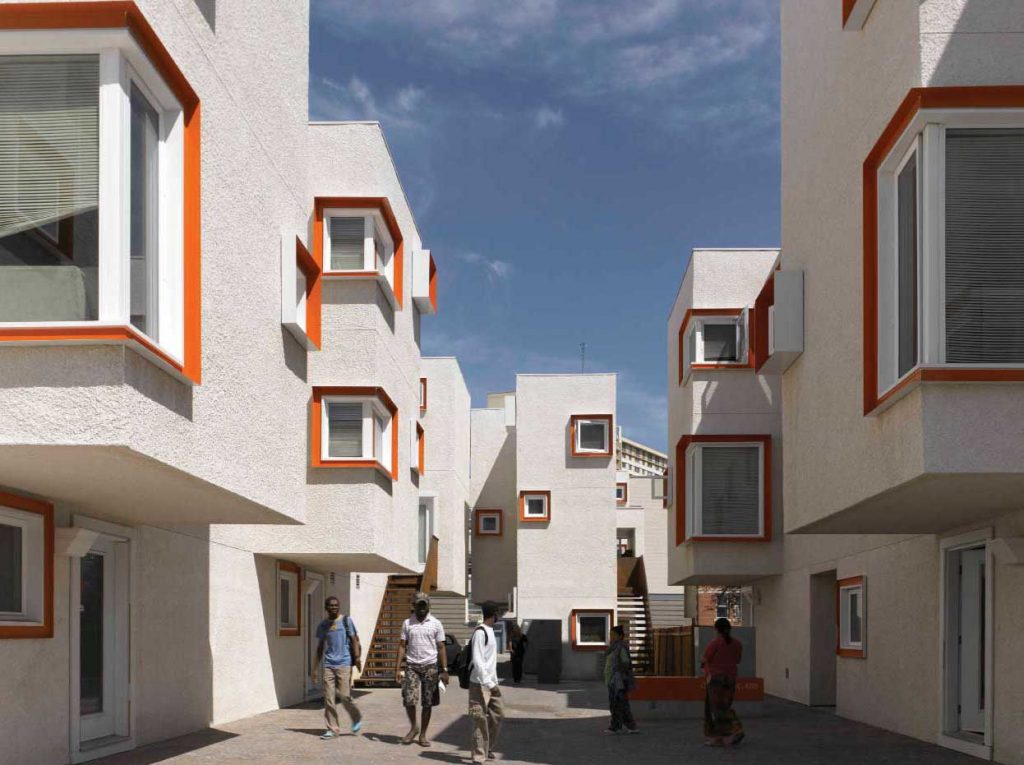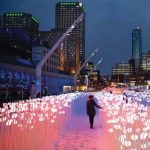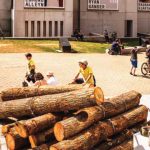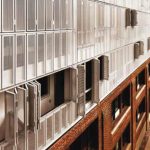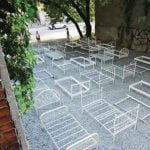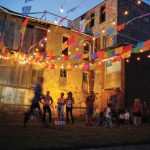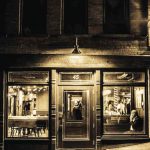In this second of two articles on emerging architectural practices across the country, we look at the work of KANVA in Montreal, and Acre Architects in Saint John. Both practices look to the history, culture and social fabric of existing communities as the roots from which new urban narratives can emerge. The future is fiction, and it is inspiration and participation that will enable us to weave these narratives into a new reality that is socially, economically and environmentally sustainable.
By Jim Taggart, Editor
KANVA, Montreal
The city is the context for much of KANVA’s work. We seek to mend and ameliorate the city, often working in vacant urban lots or dilapidated existing buildings to give them new life and stitch together the damaged or underutilized fragments of the city.
Our approach to sustainability is one of nourishing existing communities rather than expanding the city’s footprint. We are concerned with the overall vitality of the city’s neighbourhoods and often set up temporary art installations before a project is slated to begin to provoke participation, thought and interest in what is to come. We believe architects have a social responsibility to invest in the city and act as its stewards by contributing to its densification, by promoting green living, by repurposing abandoned buildings and by using art to reorient our relationship with the city’s public spaces.
One important project that succinctly demonstrates KANVA’s ethical approach to the city is the Edison student residence, built on a small vacant lot across from McGill University. The site suffered a fire in the early 20th century, a narrative we deemed important to convey to users and the community. Concrete photoengraved panels were erected on the front façade depicting film stills from a fire that occurred down the street around the same time. Through sun and shadow the photoengraving subtly reanimates the horse-drawn sleighs responding to the fire in 1901.
The summer prior to construction, KANVA occupied the vacant lot with a temporary installation entitled: 30 Lits. The team recovered 30 used beds from across the city, painted them white and arranged them in rows on the site to provoke discussion of the program to come, a student residence, and at the same time offer passers-by an unexpected interlude in their urban journey.
Another significant contribution to the city was the interactive, experiential art installation, City Fields. The project was the winning entry in the annual Luminotherapy competition, an initiative that challenges Montreal’s design community to work with artists from diverse disciplines to create an immersive winter experience. A luminous field of colour and sound, referencing the city’s agricultural lot subdivisions, was created by thousands of light reflectors on flexible stems that respond in symphony with changes in the environment and human interaction.
This installation examines at an urban-scale, the physiological and psychological benefits of providing the public a rallying point where they can go outside to get fresh air and the essential exposure to natural light in Nordic winters.
KANVA and Acre Architects

